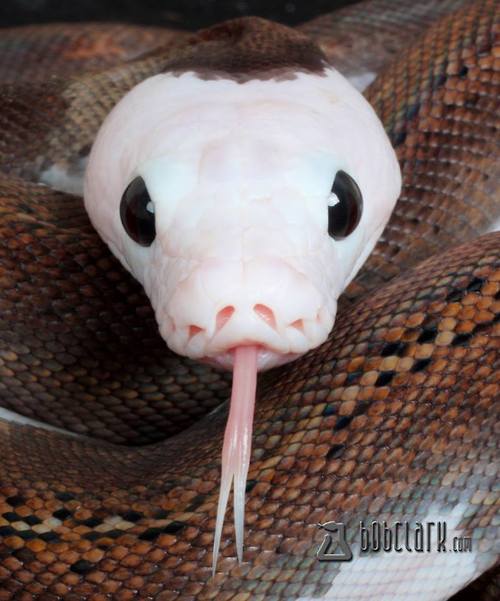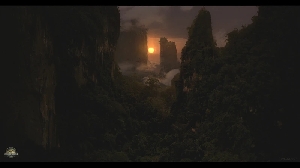Cretaceous Carnage #7
Dinosaurs Forum Topic

Carnosaur
MemberCompsognathusSep 3, 20146684 Views59 RepliesCarnotaurus Sastrei
Carnotaurus is a large genus of Abelisaur that lived in South America during the Late Cretaceous period, between about 72 and 69.9 million years ago. The only species is Carnotaurus sastrei. Known from a single well-preserved skeleton, it is one of the best-understood theropods from the Southern Hemisphere. Carnotaurus is a derived member of the Abelisauridae, a group of large theropods that occupied the large predatorial niche in the southern Landmasses of Gondwana during the late Cretaceous. The phylogenetic relations of Carnotaurus are uncertain; it may have been closer to either Majungasaurus or Aucasaurus.Carnotaurus was a lightly built, bipedal predator, measuring 8 to 9 m (26 to 30 ft) in length and weighing at least 1 metric ton (0.98 long ton; 1.1 short tons). As a theropod, Carnotaurus was highly specialized and distinctive. It had thick horns above the eyes, a feature unseen in all other carnivorous dinosaurs, and a very deep skull sitting on a muscular neck. Carnotaurus was further characterized by small, vestigial forelimbs and long and slender hindlimbs. The skeleton is preserved with extensive skin impressions, showing a mosaic of small, non-overlapping scales measuring approximately 5 mm in diameter. The mosaic was interrupted by large bumps that lined the sides of the animal, and there are no hints of feathers.
Ceratosaurus Dentisulcatus

Ceratosaurus was a large genus of ceratosaur from the Late Jurassic Period, found in the Morrison Formation of North America, and the Lourinhã Formation of Portugal. It was characterized by large jaws with blade-like teeth, a large, blade-like horn on the snout and a pair of hornlets over the eyes. The forelimbs were powerfully built but very short. The bones of the sacrum were fused (synsacrum) and the pelvic bones were fused together and to this structure (Sereno 1997) (i.e. similar to modern birds). A row of small osteoderms was present down the middle of the back.The type specimen was an individual about 18 feet (5.5 m) long; it is not clear whether this animal was fully grown.David B. Norman (1985) estimated that the maximum length of Ceratosaurus was 20 ft (6.1 m), an assessment supported by a particularly large Ceratosaurus specimen from the Cleveland-Lloyd Quarry (UMNH 5728), discovered in the mid-1960s, which may have been 22 ft (6.7 m) long assuming similar proportions to the holotype
Nature doesn't deceive us; it is we who deceive ourselves.
Replies to Cretaceous Carnage #7
Hey Guest, want to add your say?
Are you an avid Jurassic World fan looking for a dedicated online community of likeminded fans? Look no further! Create your own profile today and take part in our forums and gain XP points for all the content you post!














